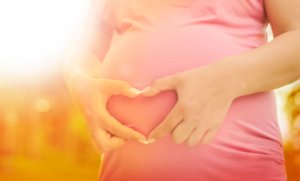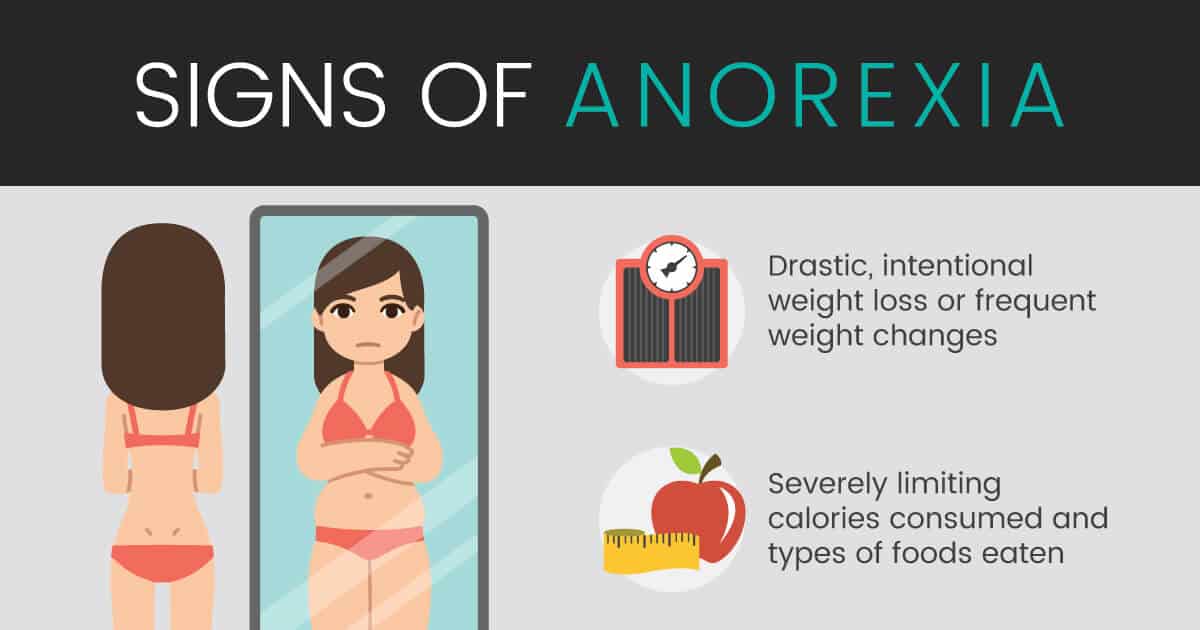By Consultant Nutritionist and Dietitian Dharini Krishnan…
“Aavathum Pennal Azhivadhum pennal”
It is the woman who makes or breaks a family unit. This can be modified to read as
“ It is the women’s health which makes or breaks the child’s health”.
“ It is the women’s dietary choices of the family, which makes or breaks the family’s health”
Such is the importance of the role of a woman. Needless to say that the women’s health decides the health of the baby. Any woman has to plan a pregnancy. She needs to be an adult who is healthy in all aspects. She should not have any contagious or debilitating disease such as Tuberculosis, Chickenpox etc.
Her health should be perfect in all aspects as she should not have calcium or iron deficiencies. Calcium is needed for the bone growth of the child and iron is needed for the proper development of the blood tissue needed for the extrauterine and uterine tissues and the fetus.
Nutrition for an expectant mom:

Her zinc and protein status has to be perfect to provide the right growth for the prospective fetus. If the prospective mother has any of these deficiencies her tissues will be broken down to provide the nutrients to the developing fetus.
If the nutritional status of the mother is so low the development of the fetus can be affected and it can be malformed. Apart from this the mother has to have the right vibrations so that she can pass on the right vibrations to her child. During pregnancy and lactation nature favours the fetus and the newborn child.
Normally in nature across tissues, the nutrients always flow from a higher concentration to a lower concentration. But across the placental barrier and in the lactating mother’s milk the story is something quite different.
Across the placental barrier, the nutrients are always in the favor of the fetus. Even if the nutrients are deficient in the mother’s blood, for example in the case of calcium deficiency present in the mother, the mother’s bones are de-calcified to provide for the calcium needed for the fetal growth.
Also read: The 100 most nutritious foods according to BBC
Nutrition for the new mom:

Similarly when comparing the quality of milk secreted by two mothers one who is healthy and in good nutritional status and one who is malnourished, for the first four to six months there is no change in the quality of the milk produced.
In this way nature gives a head start to the newborn child to cope up with the vagaries of life in the first few months. The not so privileged section of the population and infants of this mother’s fare better practice demand feeding during the first four to six months of their life.
The female baby fairs a better chance towards survival than a male baby. They mature faster and are able to go through the milestones in life much faster compared to the male child. Infants need to be taken care of so well, that a mother with a newborn child needs a lot of care because she has to take care of her health to provide the right nutrients to the growing infant.
Nutrition for infants & toddlers:

While learning the skills of being a new mother she also has to learn the skills of learning new techniques to start the infant on the right foods at the right times in life. For example, if she prepares a weaning porridge made from ragi, she is able to give the benefit of a homemade cereal for the child which has the right combination of the nutrients such as protein, calcium and iron all of which is needed for the growth of the infant.
This requires a lot of strenuous preparations. But when done with love and care it cannot be measured by any yardstick or even be compared with the commercially available cereal preparations, which are usually fortified with the synthetic products.
A toddler is the most difficult stage where the child needs a lot of care. The child is bound to get infections. Judicious usage of foods like plantains, carrot and apple during the bouts of loose motions that the child goes through can be of immense help in the child’s healthy development.
Also read: The basic food groups explained
Nutrition for adolescent girls:

Girls of standard 6, 7, and 8 are much taller than boys of the same age. The girls are proud that they have overshot their peers especially their male counterparts. But by the time the children have come to the 10th or 11th standards the boys are towering over the girls. Girls mature faster and need intervention in the form of the right diet as early as their 5th standard.
Iron deficiency anaemia is prevalent worldwide. Thirty percent of school children are anaemic. To nip it in the bud the girl child’s nutritional status has to be checked and corrected before the start of menarche.
The 4th grader or 5th grader needs to have the right amount of iron so that she does not slip into iron deficiency by the 6th or 7th grade when menarche starts. Once the monthly periods have regularized there is a greater battle to tackle the iron status. Every month the substantial amount of iron is lost during the monthly period.
If an anaemic adolescent goes through her growth spurt with anaemia there is every chance that she has missed the potential growth because of the anaemia. It is not only the height but also the maturation of the organs related to the female characteristics, which will be affected. This can lead to other physiological problems later on in life.
A good nutritional status has to be maintained before the growth spurt for the growth to reach its potential. There are communities where the girl child is fed after all the male members of the family have eaten. If there is a coupled problem of poverty the child may slip into malnutrition because of lack of the right balance of foods in the diet.
Also read: A must-read for parents of adolescent girls
The perils of anorexia:

Pic courtesy: draxe.com
College-going girls today are very fashion conscious. Everyone has a model in mind and wants to look like the model. Their ideas are of a slim figure. Most girls starve and diet wrongly to reach their goals. These practices lead to the development of nutritional deficiencies such as protein malnutrition, iron deficiency anaemia, hair fall due to zinc deficiency etc.
Bulimia and anorexia nervosa were non-existent in our society a decade ago. But today we do find such cases increasing in our society. These are eating disorders where psychology plays a major role. With the opening out of fast food joints, college goers are at a risk of eating the wrong type of foods.
These foods are mainly rich in fat and refined carbohydrates and are deficient in the vital vitamins and minerals needed for a sound health. These foods are also deficient in fibre. Exercise is a non-existent part of our lifestyle. When such high calorie foods are consumed they have to exercise to remove the excess calories that are consumed. These college girls are the prospective mothers of tomorrow and need to take care of their health to be able to handle their family and motherhood efficiently.
India is a country, which has a wide spectrum of problems to be handled. On one side of the spectrum is malnutrition due to obesity or over nutrition and the other side is malnutrition due to undernutrition. Due to overnutrition, the problems such as blood pressure, high cholesterol and borderline diabetics are found in early adulthood (22 or 24 yrs of age).
The waist-hip ratio of women is beyond the normal values even as early as 14 or 15 years of age due to lack of exercise and wrong eating habits. So this group needs an intervention to include a lot of vegetables and fruits in their regular diet as against the high-calorie foods. They need to exercise regularly to burn out the excess fat in their body. Undernutrition if caught early can be corrected easily by giving foods rich in that particular nutrient.
Also read: Health benefits of carrots
Nutrition for menopausal women:

Pic courtesy: drweil.com
Women who have reached the stage of menopause need special care. The hormones which manage the women’s monthly menstrual cycle protects the women from cardiac problems, osteoporosis etc. Once the women reach menopause she needs to take extra calcium to prevent early onset of bone problems.
If this calcium is taken from the diet in the early 30’s and sufficient exercise is continued these problems can be delayed or tied over easily. Hip fractures are common in women above the age of sixty.
Whenever calcium was needed beetle leaf with calcium was the easiest supplement given. This practice was followed during pregnancy and lactation and regularly after the age of thirty-five used to provide the extra calcium required. Today calcium supplements are being taken.
The fixed deposit for calcium for women is laid until the age of forty. So it is important that the woman’s diet provides for the extra calcium needed. Since dietary calcium is better absorbed when coupled with exercise rather than artificial calcium supplements. Ragi, bajra, corn are excellent sources of calcium. Milk and milk products are excellent sources of calcium.
In every stage of life the woman needs special care to maintain proper health, which can be successfully maintained through proper diet and exercise regimens.
Also read: Depression in menopausal women- what you need to know
